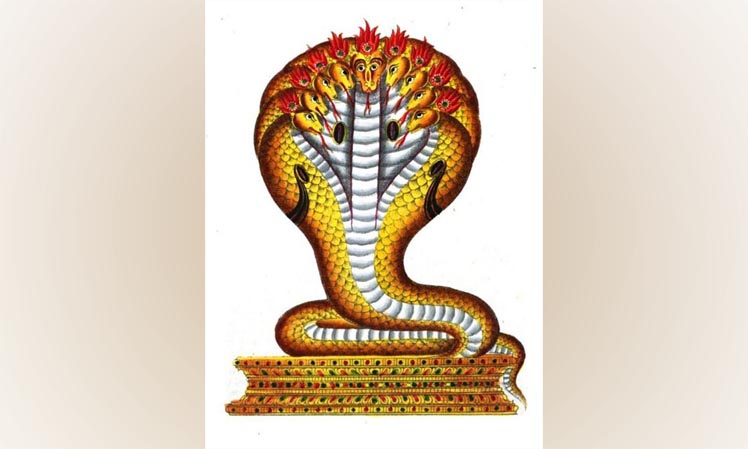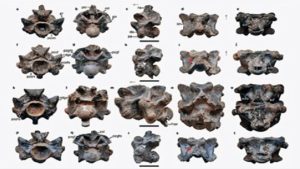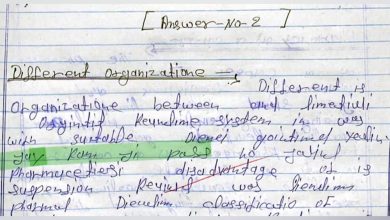Scientists Accept The Existence Of Vasuki; 4.7 Crore Years Old Remains Found In Gujrat

Necessary scientific basis has been found to prove the existence of Vasuki serpent wrapped around Mandarachal mountain in the mythological stories of Samudra Manthan. In an important research of IIT Roorkee, remains of the spinal cord of a giant snake have been found in a mine located in Kutch, Gujarat. These remains are 4.7 crore years old. The snake whose bone remains have been found has been named Vasuki Indicus.
In fact, in the Panandhro lignite mine in Kutch, scientists have discovered 27 remains, which are parts of the spine (vertebrae) of the snake. Scientists say that these remains could be those of the largest snake that ever existed on earth. Debajit Dutta, the lead author of the research published in the Scientific Reports Journal and a researcher at IIT Roorkee, said that looking at the size, it can be said that Vasuki was a slow moving snake, which could catch its prey like anaconda and python. Would take his life. When the earth’s temperature was much higher than today, this snake lived in the marshy lands around the coastal area. This snake lived in the Cenozoic era, which began after the extinction of dinosaurs 65 million years ago.
Scientists have named these 4.7 crore year old remains as Vasuki Indicus. It is important to tell that Vasuki was a member of the Madasoid snake lineage, which was found about 90 million years ago, which originated from India and spread to Southern Eurasia and North Africa and became extinct about 12 thousand years ago.

It reminds giant serpent ‘Ka’ of The Jungle Book
Dutta says that Vasuki must have been a huge creature, who, after resting his head on some high place, would have wrapped the rest of the body around him. Then it would have been moving like an endless train in the marshy land. It reminds me of ‘Ka’, the giant serpent from The Jungle Book.
According to scientists, the largest part of the spinal cord of Vasuki Nag has been found to be four and a half inches and according to scientists, the roundness of the cylindrical body structure of the giant snake would have been about 17 inches. The snake’s head has not been found in this search. Although scientists are not sure what Vasuki’s diet was, considering its size, it is believed that apart from crocodiles and turtles, it must have been eating two primitive species of whales.




